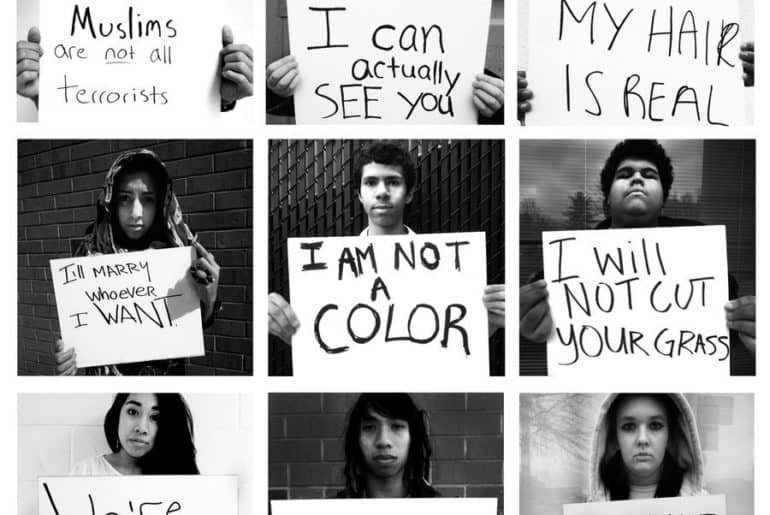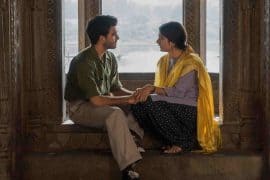Stereotyping of certain communities in the media creates a flux between the mainstream (predominantly white) perception, and the community’s own perception of itself.
Back in 2015, when Priyanka Chopra was not the iconic Alex Parrish of Quantico, her Hollywood career had already begun with a forceful message—she wanted to break the ‘Indian’ stereotype in Hollywood. In an interview with the Cosmopolitan that year, she made her rage evident at every Indian character being forced to resemble Apu from The Simpsons in one or the other way. Aziz Ansari, despite having been in the industry for quite some time now, feels that there is still a lack of ‘variety’ where roles for Indians are concerned. According to him, it becomes natural for the viewers to emulate a mainstream, predominantly white assumption that the ‘Indian guy’ can never get a lady. And this is probably close to Kunal Nayyar essaying the role of Raj in the earlier seasons of The Big Bang Theory too. But is it all true?
Come to think of it, breaking stereotypes is fast becoming a stereotype in itself. The struggle to shatter the glass ceiling has become important not just for Indians, but also for Black, Native American, Latin and other Asian artists.The marginalised constantly feel an urgent need to assert their marginalisation in the media. TV shows like Black-Ish and Fresh Off the Boat do it through humour. Others do it through irony. And yet, the audience’s response to the issue remains curiously double-sided. While a serious film like 12 Years A Slave garners critical acclaim, Black-Ish is attacked for harping upon the ‘blackness’ of its lead characters. The very first episode of its first season, in fact, revolved around a dichotomy between the white and black community’s perceptions of blackness. Andre Jr. fits neither. Finally, though, he discovers his own individuality in a society pressurizing him to fit neatly into one or the other stereotype.
The pressure to fit in has been a constant companion in this arena, acting simultaneously opposite the upward thrust aimed at shattering the glass ceiling. For every viewer who embraces the concept of the Modern Family, there is somebody criticising Sofia Vergara’s portrayal of a feisty Latina. Despite her vehement claims that she merely emulates her aunts,her acting is branded as a stereotype.What actually is a product of observing the behaviour of real, strong Latin women in her own family, then gets attached to the notion of superficiality. A stereotype for some, that portrayal is not so for Vergara herself, who has become nothing short of a mouthpiece for Latin women on television. And this is a simple fact often ignored.
So the real question is: who decides what the actual stereotype is? Even if the community gets that vote, certain individuals within the marginalised community may still get pushed back against the wall. In this struggle against stereotyping on the basis of skin tone, language, hair colour, accents and what-not, how easy is it to forget the struggle of individuals?
Image Credits:culturalconflict.files.wordpress.com
Caption: Mixed Bowl
Deepannita Misra
[email protected]




Comments are closed.